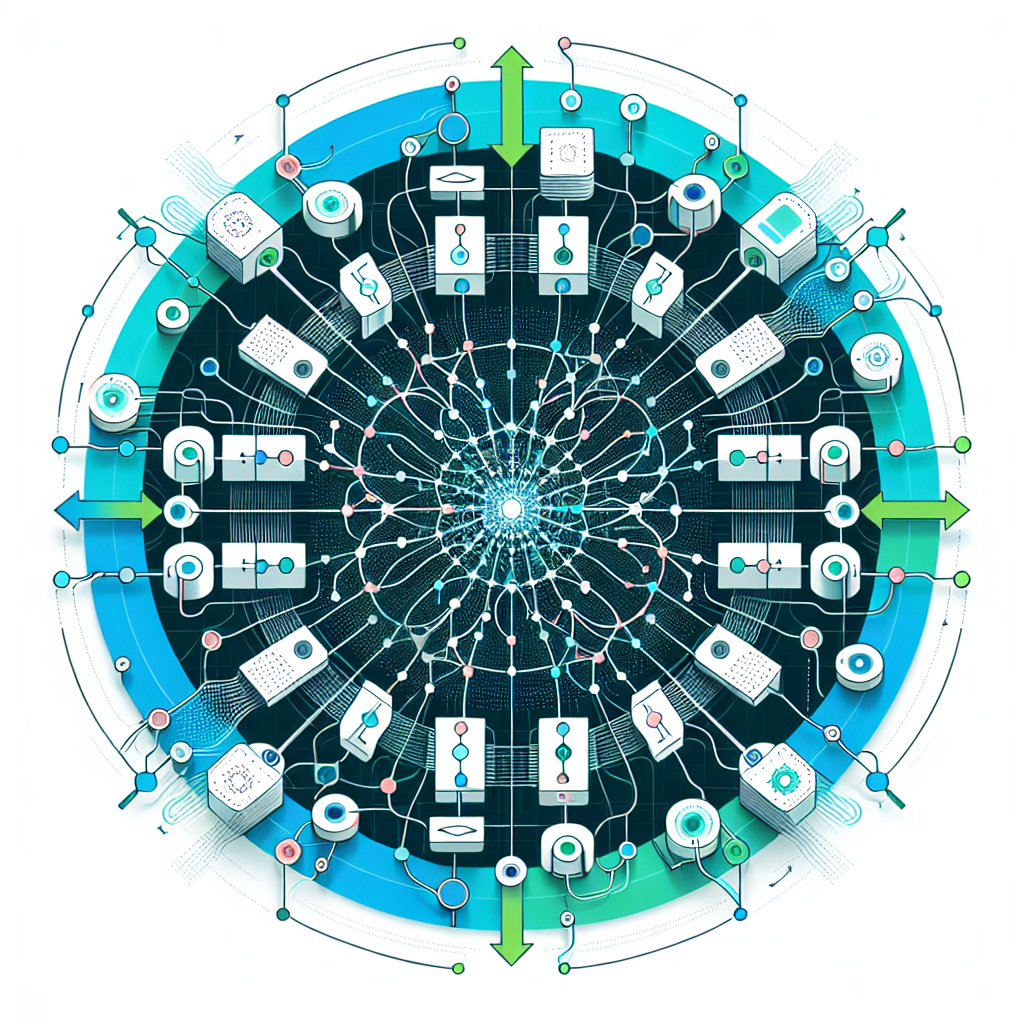Fix today. Protect forever.
Secure your devices with the #1 malware removal and protection software
Recurrent Neural Networks (RNNs) have been widely used in various applications such as natural language processing, speech recognition, and time series prediction. However, they suffer from the vanishing and exploding gradient problem, which hinders their ability to capture long-range dependencies in sequential data. To address this issue, gating mechanisms have been introduced to RNNs, which have significantly improved their performance.
Gating mechanisms are a set of learnable components that control the flow of information in RNNs. They decide which information is important to retain and which information should be discarded. These mechanisms include Long Short-Term Memory (LSTM) and Gated Recurrent Units (GRUs), which have been shown to be effective in capturing long-term dependencies in sequential data.
LSTM, proposed by Hochreiter and Schmidhuber in 1997, consists of three gates: input gate, forget gate, and output gate. The input gate controls the flow of new information into the cell state, the forget gate controls the flow of information that should be forgotten, and the output gate controls the flow of the cell state to the output. This allows LSTM to selectively remember or forget information over long sequences, making it more effective in capturing long-term dependencies.
GRUs, proposed by Cho et al. in 2014, are a simplified version of LSTM with two gates: update gate and reset gate. The update gate controls how much of the previous hidden state should be kept, while the reset gate controls how much of the previous hidden state should be forgotten. GRUs have shown comparable performance to LSTM while being computationally more efficient.
The introduction of gating mechanisms in RNNs has led to significant improvements in various tasks. For example, in natural language processing, LSTM and GRU-based models have achieved state-of-the-art performance in tasks such as language modeling, machine translation, and sentiment analysis. In speech recognition, gated RNNs have been shown to outperform traditional RNNs in terms of accuracy and efficiency. In time series prediction, LSTM and GRU-based models have been successful in capturing long-term dependencies and making accurate predictions.
Overall, gating mechanisms play a crucial role in enhancing the performance of RNNs by allowing them to capture long-range dependencies in sequential data. LSTM and GRU have become popular choices for implementing these mechanisms due to their effectiveness and efficiency. As RNNs continue to be used in various applications, further research into gating mechanisms and their optimization will be crucial for advancing the field of deep learning.

#Role #Gating #Mechanisms #Enhancing #Performance #Recurrent #Neural #Networks,recurrent neural networks: from simple to gated architectures

Leave a Reply
You must be logged in to post a comment.